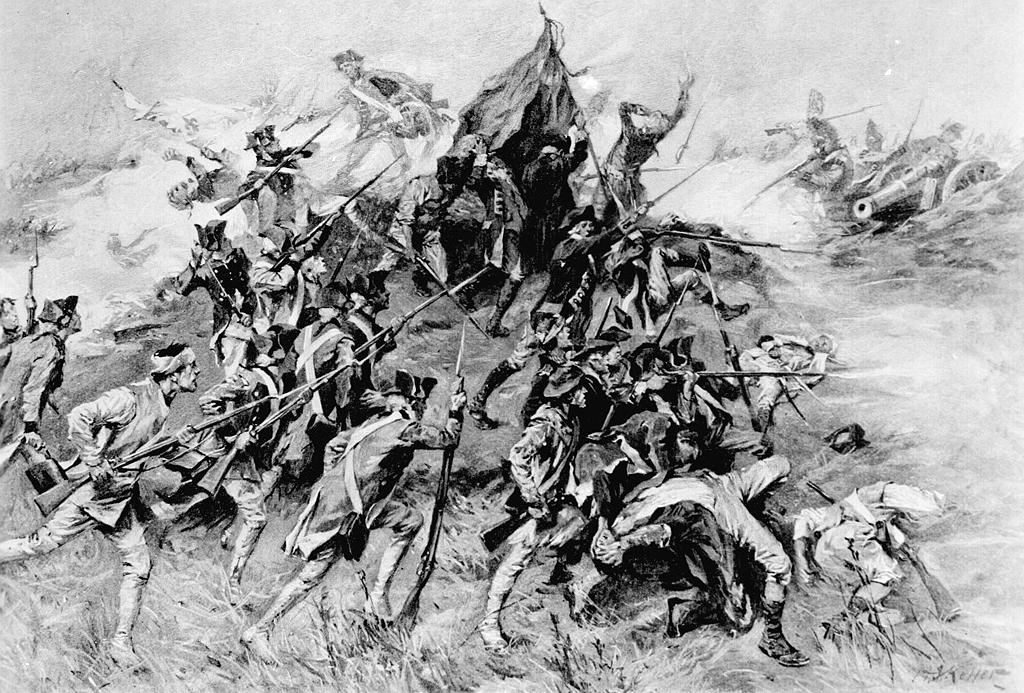
“The 11 men that got away would report the atrocities of Palawan, ultimately leading to the salvation of thousands.”
By Stephen L. Moore
AFTER WADING ASHORE on Leyte’s Red Beach on Oct. 20, 1944, General Douglas MacArthur triumphantly announced to the people of the Philippines, “I have returned.”
 But with the Allied liberation of the Philippines underway, Japanese military leaders scrambled to dispose of American prisoners of war held there before the camps, and the wretched conditions inmates endured, could be discovered.
But with the Allied liberation of the Philippines underway, Japanese military leaders scrambled to dispose of American prisoners of war held there before the camps, and the wretched conditions inmates endured, could be discovered.
The first such mass execution took place on Dec.14, 1944. It happened at Palawan Island’s Puerto Princesa Camp 10-A, where camp officials were directed to slaughter the remaining 150 U.S. POWs being held there. “Annihilate them all,” were the orders.
Warning their captives than an air raid was imminent, the Japanese herded the POWs into bunkers the Americans had been forced to dig just weeks prior. Once the inmates were in the shelters, guards dumped aviation fuel into the openings and tossed in flaming torches. The Japanese looked on as American soldiers, sailors, airmen and marines burned to death or were asphyxiated by smoke. Those who attempted to escape the inferno were cut down by rifle and machine gun fire or bayoneted. A handful wriggled through a crude escape tunnel they had secreted in one of the air raid shelters, its exit leading toward the rocky bluffs above the coastline.

At least 30 Americans plunged down the 60-foot cliff to the jagged coast of Puerto Princesa Bay, many ravaged by burns and gunshot wounds. Guards proceeded to hunt down the survivors from their hiding places in crevices and rocky ocean-side caves, torturing and killing any they recaptured.
Some of the fugitives were able to hide themselves under the camp garbage dump, in sewage outlets, and in rocky caverns on the edge of the bay until nightfall. Those who remained evaded the enemy faced a grim choice: swim the shark-infested bay or strike out through the rough terrain of Japanese-held Palawan Island and its 4,000 square miles of jungles and mountains. Against these long odds, 11 Americans managed to survive.

Marine Sergeant Doug Bogue, shot in the leg while escaping his shelter, fought a group of Japanese sailors at the water’s edge and wrestled away their machine gun.
Corporal Elmo “Mo” Deal was burned, shot twice, and bayoneted about twenty times in the course of his escape. After crawling through the jungle on the last of his strength, he was found by Filipino guerrillas who aided in his extraction from Palawan Island via a Navy Catalina PBY flying boat.
Marine Willie Smith of East Texas made his escape by swimming Puerto Princesa Bay, surviving a vicious shark attack in the process.
The 11 men that got away would report the atrocities of Palawan, ultimately leading to the salvation of thousands.

The first Palawan Massacre survivors to be interviewed by U.S. intelligence officers told a tale so gruesome that General MacArthur moved fast to save other Allied POWs from the same fate.
 Within short order, his forces—including U.S. Army Rangers, Alamo Scouts, and Filipino guerrillas—moved behind enemy lines to liberate more than 2,600 POWs being held by the Japanese in the Philippine camps of Los Baños, Cabanatuan, and Bilibid Prison on Luzon. The so-called “Great Raid” on the Los Baños camp was considered to be one of the most successful rescue operations in modern military history.
Within short order, his forces—including U.S. Army Rangers, Alamo Scouts, and Filipino guerrillas—moved behind enemy lines to liberate more than 2,600 POWs being held by the Japanese in the Philippine camps of Los Baños, Cabanatuan, and Bilibid Prison on Luzon. The so-called “Great Raid” on the Los Baños camp was considered to be one of the most successful rescue operations in modern military history.
Stephen L. Moore is the author of 16 books on World War Two and Texas history. His latest release is As Good As Dead: The Daring Escape of 11 American POWs from a Japanese Death Camp










Im looking for the name of Alexander William Henderson,hEs died here in PalawanPhilippines after 2nd world war 2,He has sons left here.I just want to know which state hes from?im not sure but he is belong to the soldier of USA before.